Early Learning Goals, Inclusion and Neurodiversity
This post will look at how we can create inclusive activities linked to the communication early learning goals (ELGs). As a passionate advocate for play, inclusion, and neurodiversity in Early Years Foundation Stage (EYFS), I firmly believe that every child has the right to learn and develop in an environment that values unique strengths and abilities. Play is a fundamental aspect of children’s learning and development. It provides opportunities for exploration, creativity, and to develop an understanding of social interactions.
Early Learning Goals: Inclusion and Neurodiversity
Inclusive practice is crucial in EYFS, as it ensures that every child, regardless of their background or abilities, is given the support they need to succeed. This means creating a learning environment that is accessible and welcoming to all. To support the child to meet the early learning goals we need to adapt activities and resources to meet the diverse needs of individual children.
Acknowledging and embracing Neurodiversity is an essential aspect of inclusion. A great teacher recognises that differences in neurological functioning are a natural and valuable part of human diversity. This means that children with neurodivergent traits, such as autism or ADHD, should never be seen as “problems” to be fixed, but as individuals with unique strengths and perspectives.
The Early Learning Goals (ELGs) are a tool in supporting children’s development and preparing them for the next stage of their education. We must always remember that they are not the only measure of a child’s progress, and that every child develops at their own pace and in their own way.
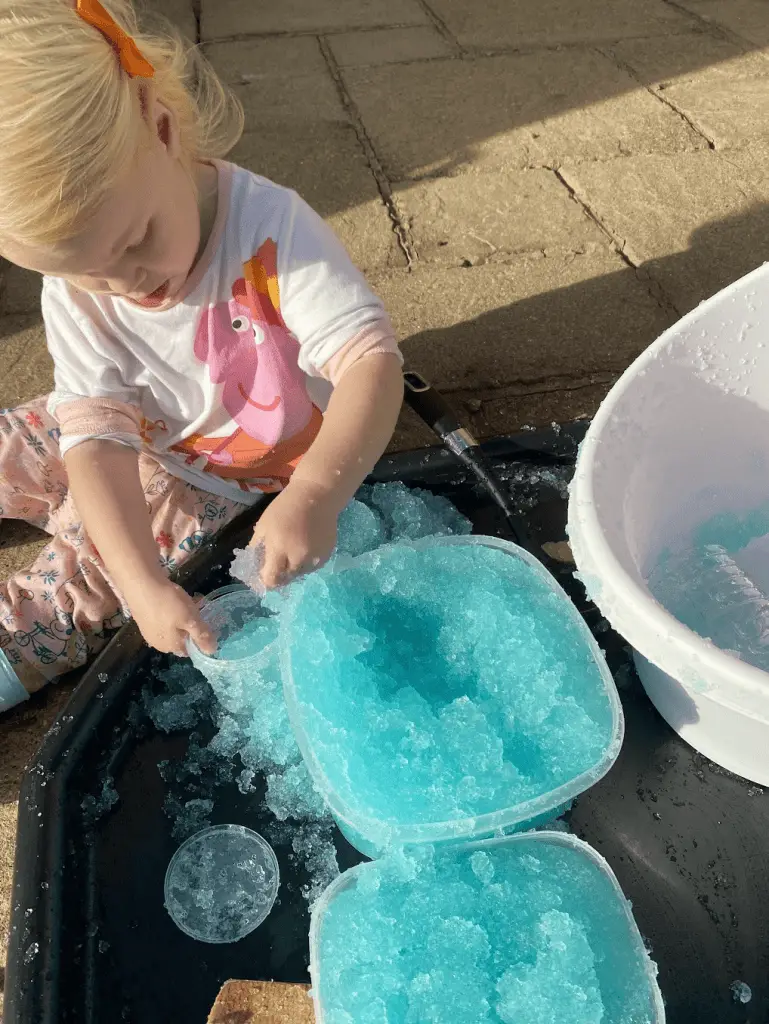
Play Based Approaches
Inclusive and play-based approaches to EYFS allow children to learn and develop in a way that is meaningful and engaging for them. This may involve providing sensory-rich materials for exploration, adapting activities to suit different interaction preferences or using visual aids to support communication.
Any teacher who sees themselves as an advocate for play, inclusion, and neurodiversity in EYFS wants to create an environment where every child feels valued and supported. The classroom is where their unique strengths and abilities are recognised and celebrated.
Inclusive Activities Linked to Listening, Attention and Understanding ELGs
| Listening, Attention and Understanding Early Learning Goal | Inclusive Learning Activity | Adaptation for Pre-Verbal Learners |
|---|---|---|
| Listen attentively and respond to what they hear with relevant questions, comments and actions when being read to and during whole class discussions and small group interactions. | Sensory Storytelling: Create a sensory-rich storytelling experience for non-verbal learners. Use tactile materials, such as textured fabrics or sensory toys, to create a multisensory experience while reading the story. Encourage students to use non-verbal cues such as pointing, gesturing or facial expressions to demonstrate understanding and engagement. | Provide alternative ways for non-verbal learners to communicate such as picture exchange communication systems (PECS), augmentative and alternative communication (AAC) devices or sign language. |
| Make comments about what they have heard and ask questions to clarify their understanding. | Visual Aids: Use visual aids to support understanding and communication. Create picture cards or symbols to represent key concepts or ideas in the story or discussion. Encourage students to point to or select the appropriate visual aid to communicate their thoughts or questions. | Use technology such as communication apps or devices that allow non-verbal learners to select and communicate words or phrases. |
| Hold conversation when engaged in back-and-forth exchanges with their teacher and peers. | Turn-Taking Games: Play games that encourage turn-taking and back-and-forth communication such as passing a ball back and forth or taking turns with a musical instrument. Use visual or tactile cues to signal when it’s the student’s turn to communicate. | Use AAC devices or communication boards to support non-verbal learners in back-and-forth communication. Use prompting and reinforcement to encourage communication and participation. |
Creating opportunities to focus on the early learning goals for pre-verbal learners requires intentional planning and implementation of appropriate strategies and resources. By incorporating various communication tools and adapting learning activities, educators can provide opportunities for all students to actively engage and participate in their learning. We must continuously strive towards creating a truly inclusive learning experience for all children.

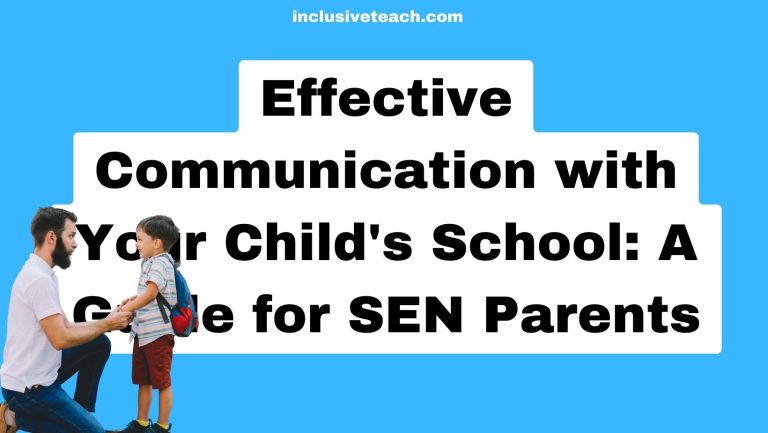
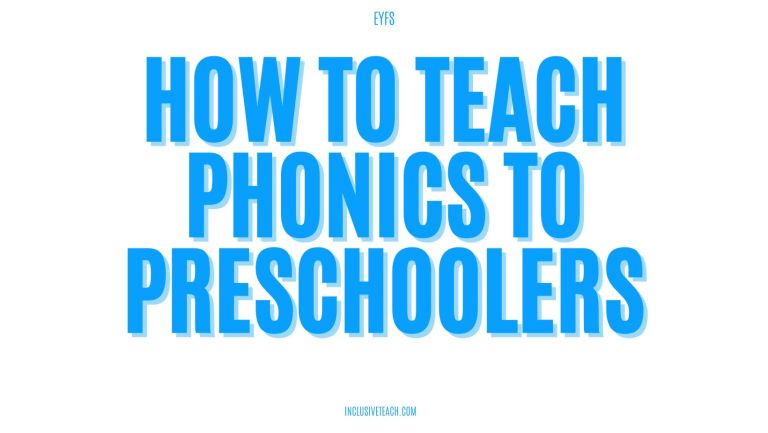
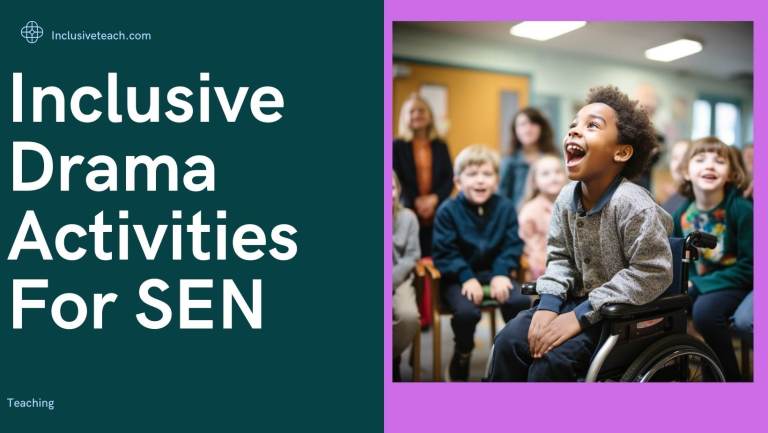
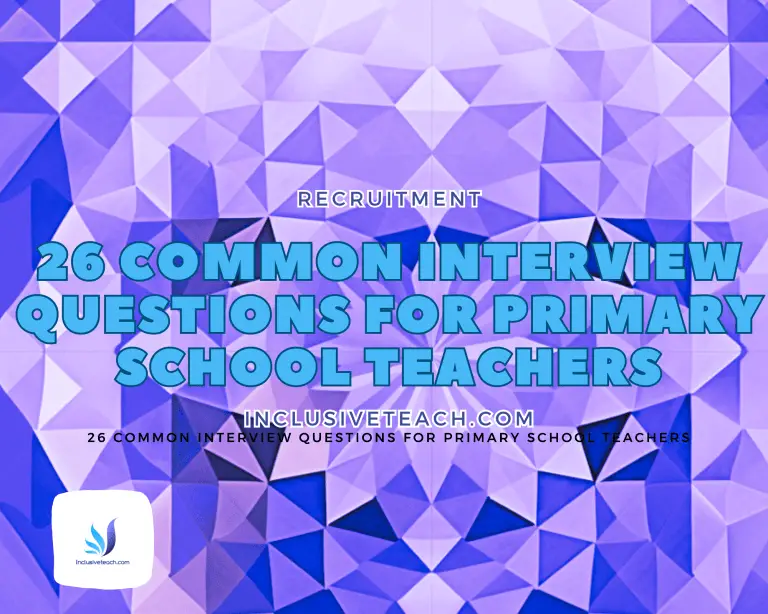
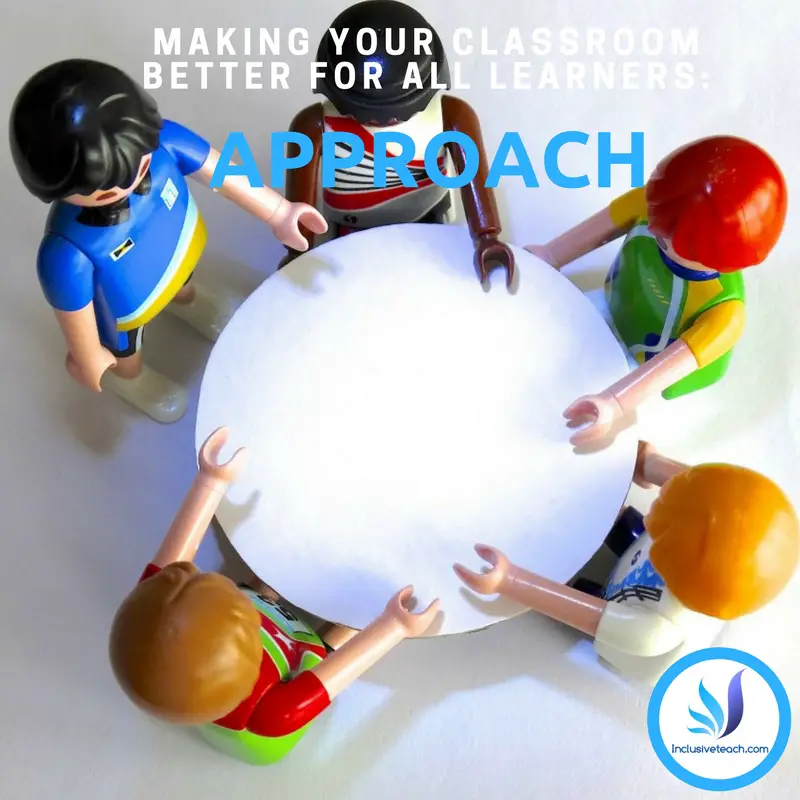

2 Comments